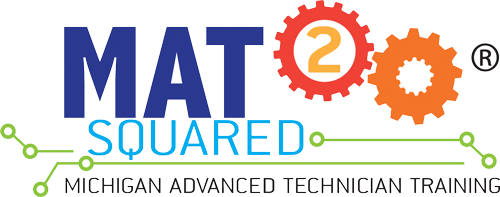When business slows down, conventional wisdom tells leaders to pause recruitment and not bring on any new employees. But in reality, this is actually the perfect time to hire and train new apprentices.
Why You Should Take Advantage of the Lull
Your initial reaction during a slow time may be to follow the standard advice and implement a hiring freeze. But what happens in six months or a year when business is booming again? How much work will you have to turn down? What will it cost your organization – in time, money, and human resources – to rapidly hire enough qualified people to meet current demand, if you even can find them?
Instead, say company leaders, shift your mentality. Look at a downtempo period as an opportunity to gradually build the team you’ll need in the future. You have unhurried time to teach and train new apprentices, so they are ready for the next business rush.
Focus on the Future
Peter Riehle, President and CEO of WITTENSTEIN, talked about the risk of stopping the talent pipeline: “When the economy comes back, you will have a hard time ramping up fast enough, and you will lose market share. We might reduce the scope of our apprenticeship program during a serious downturn, but we don’t stop it.”
Mark Zumdohme, President of Graepel North America, also takes the long view. “Market conditions can change quickly, as we’ve seen again and again. When I think back to a recent year that was very busy, hindsight tells me the preceding slow season would have been the perfect time to prepare. Moving forward, the MAT2 Apprenticeship Program is our tool to make sure we have the talent we need to be ready to react.”
Take Time for Training
Again and again, we have heard that companies want to build an apprenticeship program, but business is booming and they don’t have capacity to dedicate a trainer. Take advantage of the lull to enable knowledge transfer and retention. Slow times can provide great opportunities for apprentices to learn and practice those skills that don’t come up every day, or which are too mission-critical to be practiced during full production. Trainers have time to give detailed feedback, and talk through areas for improvement.
Experienced staff can also use this time to become more effective trainers. There are “Train the Trainer” courses which provide practical skills for transferring knowledge and ensuring effective learning. Upskilling your experienced technicians, to enable better training of your future technicians, is an investment with ongoing returns. The MAT2 apprenticeship program offers Train the Trainer seminars to participants and other manufacturers.
The Benefits of Continuity
Both employers emphasize the importance of building relationships among the apprentices from different cohorts. “When you have apprentices each year, they help and encourage each other,” says Mark Zumdohme. “The more senior apprentices remember going through some of the same things not too long ago. This helps both with the specific training, as well as morale and team spirit. If you skip a year, or two, these bridges become harder to build, and you lose a lot of the advantages that continuity brings.” So while these companies may reduce hiring in a slowdown, they don’t stop entirely.
For more information on building a talent pipeline, or a Train the Trainer seminar, contact Virginia Rounds, Director of the MAT2 Apprenticeship Program.
